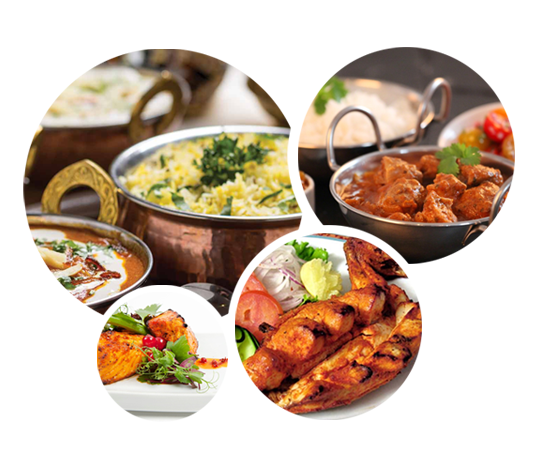- Bake from Scratch
Our test kitchen director explains the key ingredients that make gluten-free baking successful and how best to utilize them. Gluten-free baking has come a long way in the past 10 years.When I was first diagnosed with an autoimmune disorder that required me to go gluten-free, it was an incredibly hard process.There were not a lot of options available in regular grocery stores.
There was a lot of trial and error, and it was incredibly expensive.Fortunately, the number of products available has increased, as well as the quality and accessibility of these products.Allow me to introduce you to gluten-free flours and starches and share my experience of how they can be used in baking.
Note: While the majority of time a gluten-free label also indicates an item is wheat-free, the terms do not mean the same.Non-wheat flours such as rye, barley, and spelt also contain gluten, and some gluten-free flours contain traces of wheat starch.Read all labels to determine if the gluten-free flour is suitable for you.
1:1 Gluten-Free Baking Flour A mix of gluten-free ingredients, 1:1 flours are meant to be used in baked goods that are not yeasted.The “1:1” is referring to the ratio for replacement in a recipe.It means you replace the all-purpose wheat flour in a recipe with an equal amount of the gluten-free flour.
For example, if a recipe calls for 2½ cups reg
Foody Chum
Publisher:



